22 x 28 unframed
42 x 50 framed
Period frame in ink and wash, wooden strip
William Callow (1812-1908) was a renowned English landscape painter, printmaker and watercolourist. Born in Greenwich, he began his artistic training at the age of eleven as an apprentice to the etcher Theodore Fielding. In 1829 he moved to Paris to continue his apprenticeship under Newton Fielding, which marked the beginning of a significant period in his career in France. While in Paris, Callow was influenced by the artist Thomas Shotter Boys and began teaching drawing. In 1831 he exhibited "View of Richmond" at the Paris Salon, a work that attracted attention and led to his appointment as drawing teacher to the family of King Louis Philippe, including lessons to the Duke of Nemours and Princess Clementine. In 1838, while still living in Paris, Callow was elected an associate member of the Society of Painters in Water-Colours, a rare distinction for an artist not based in England. He continued to exhibit regularly at the Salon and made several trips throughout France, Switzerland and Italy between 1836 and 1840. In 1841 he returned to London, where he continued his artistic career while continuing to travel frequently in Europe. Callow's works, particularly his depictions of French landscapes, are appreciated for their precision and sensitivity. Some of his paintings, such as "View of the Interior of the Port of Le Havre" and "The Tower of Old Saint-Rémy and the Fountain of La Barre at Dieppe", demonstrate his attachment to France and are preserved in French institutions, including the Château de Compiègne and the Château-Musée de Dieppe.






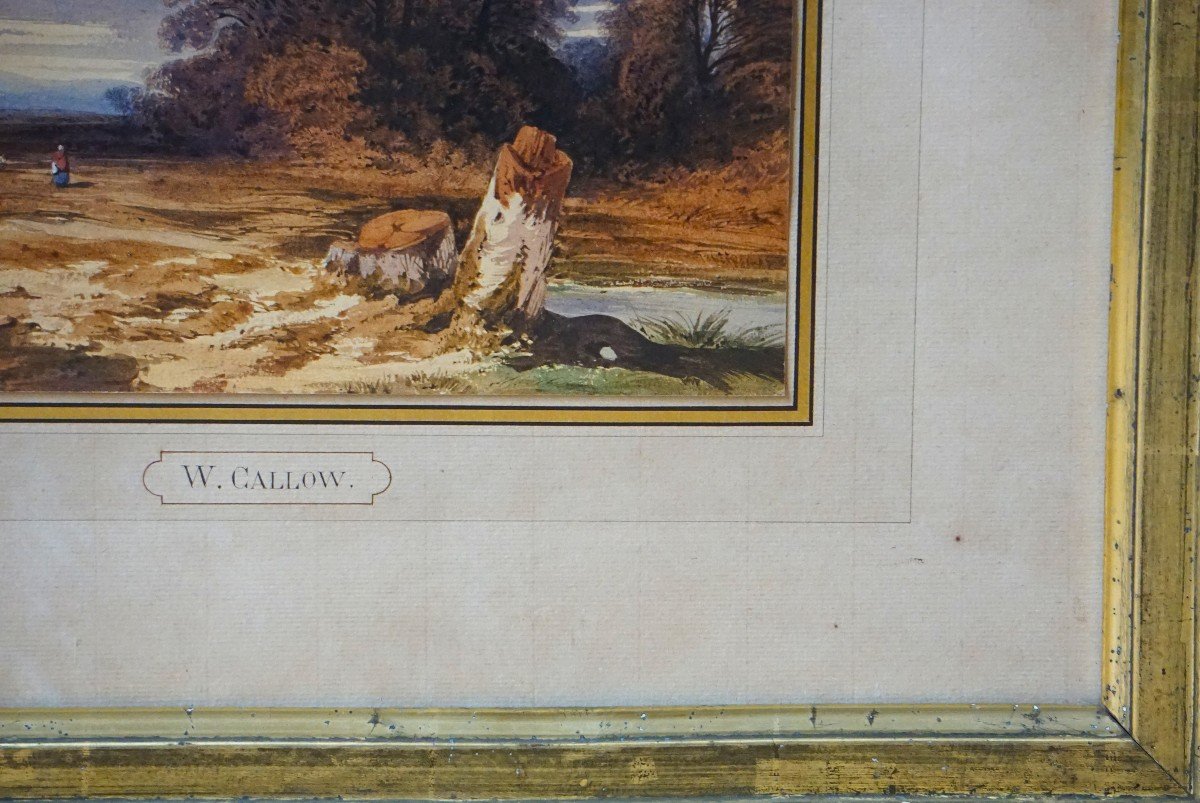










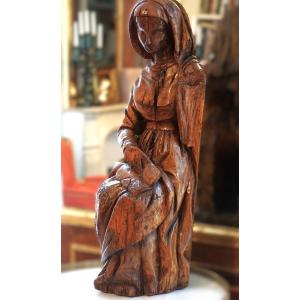

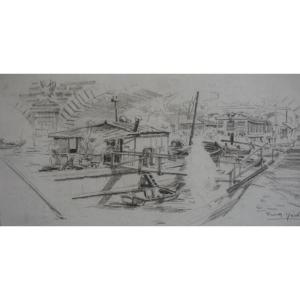

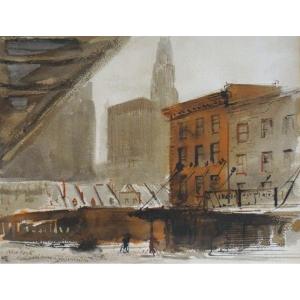


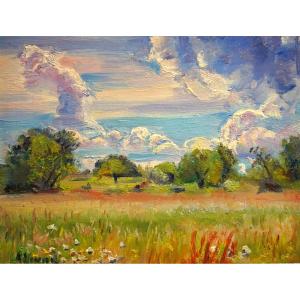

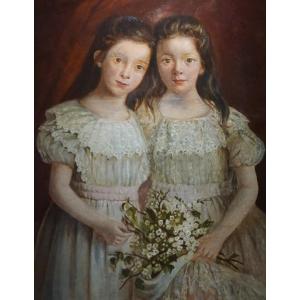

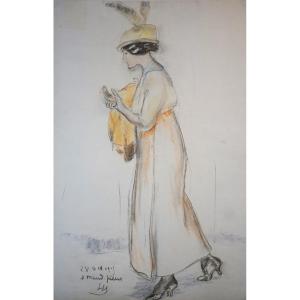
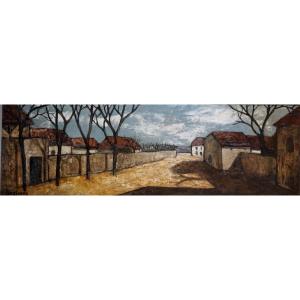




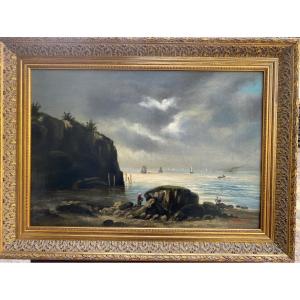





 Le Magazine de PROANTIC
Le Magazine de PROANTIC TRÉSORS Magazine
TRÉSORS Magazine Rivista Artiquariato
Rivista Artiquariato